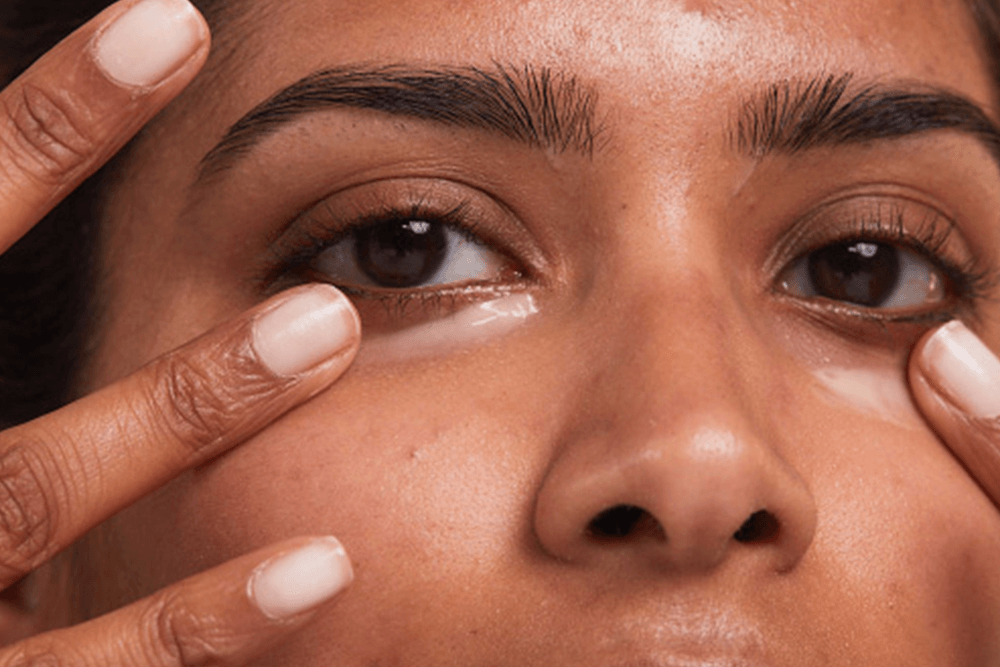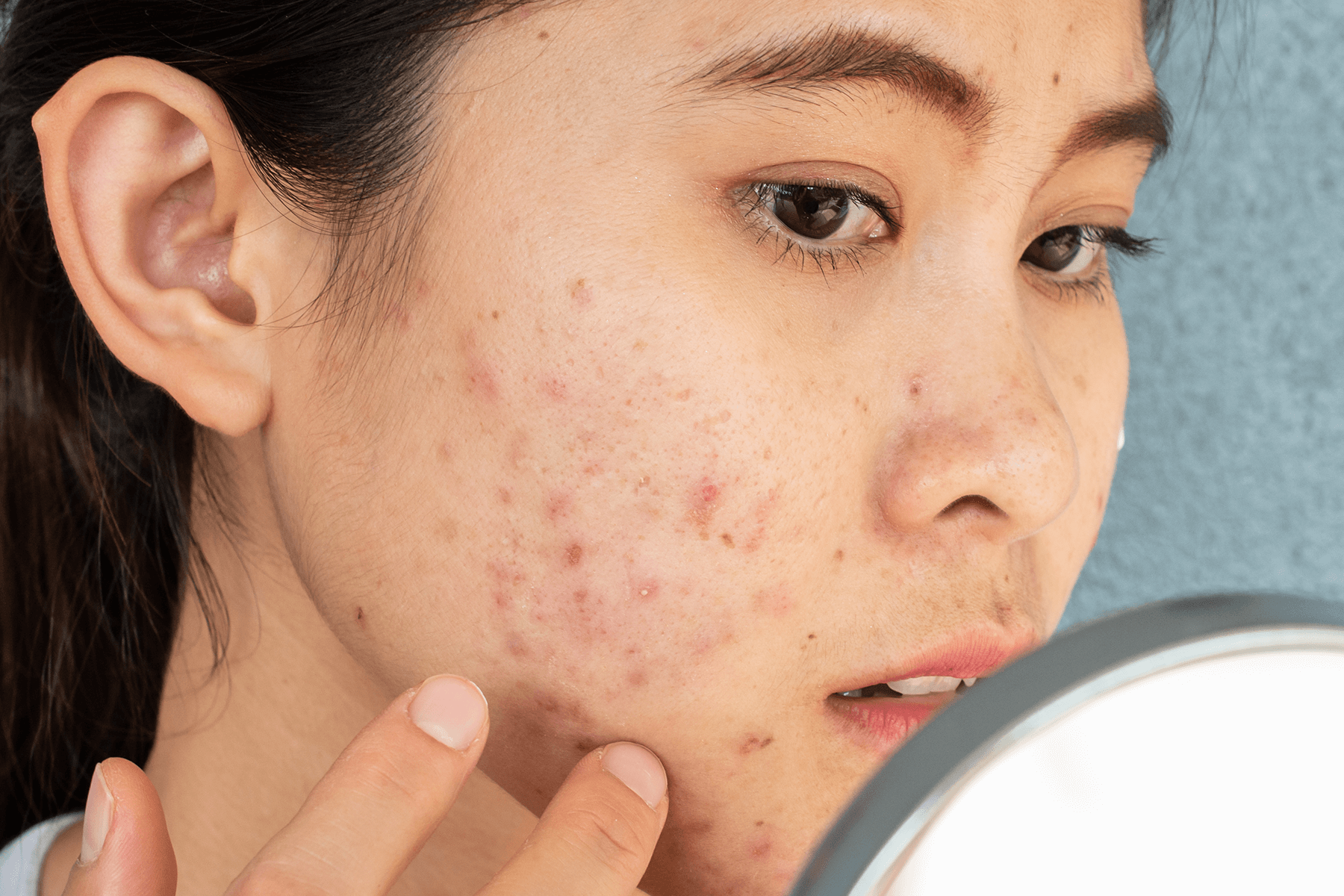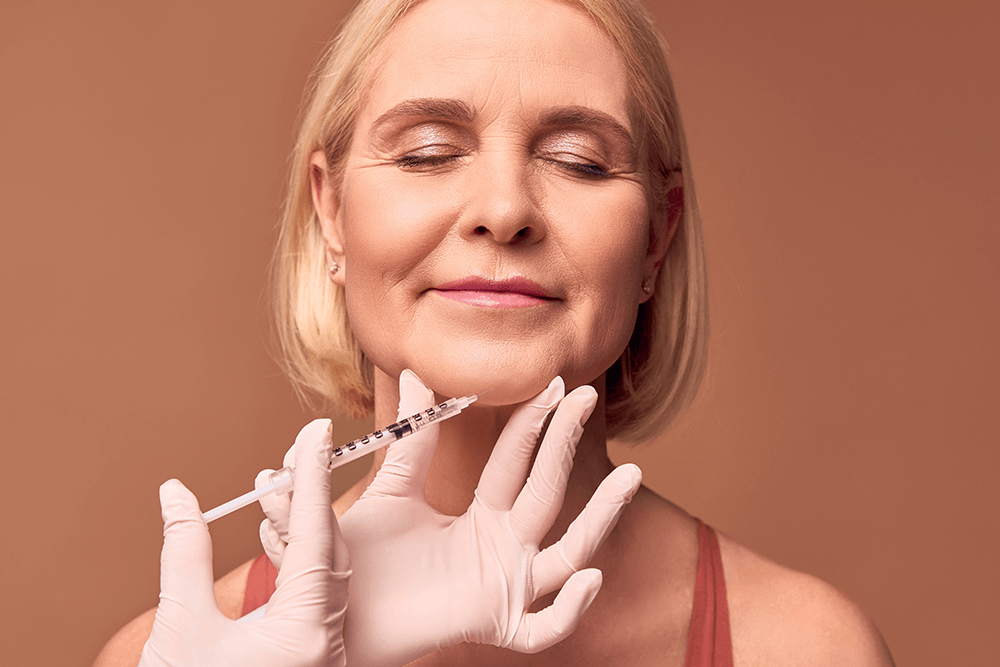The+Source
Table of Contents
Ladies, have you ever noticed that your skin seems to change from week to week? One moment you feel like you're on top of the world without a pimple in sight, then a few days later find yourself with a new cluster of pimples that popped up overnight. As women, our skin physiology changes during the different stages of our menstrual cycle as different hormones fluctuate, which directly impacts our skin barrier function.
However, now that we know this, we say it's time to use our cycles to our advantage and kick hormonal flare-ups to the curb. Enter: cycle syncing aka the method of tailoring your skincare products around your period to better prep your skin for the next thing your hormones are going to throw at it.
In the blog below, we break down how your skin is impacted during each phase of your menstrual cycle and share the ideal products you'll want to include in your regimen to ensure your skin stays clear and radiant all month long!
How do I sync my skincare to each phase of my cycle?
Before you can sync up your skincare routine, you need to get into the flow with your flow! If you have a regular monthly period and don’t have any underlying hormonal conditions (i.e., PCOS), you should try to track your cycle and take note of how your skin changes throughout the month. If you notice your skin changes have become recurring patterns, then this cycle-syncing method may be a great way for you to prevent and/or treat unwanted skin flare-ups.
Now let’s get into the nitty gritty!
Menstruation
This is the part of your period when you are actively bleeding. As you shed your uterine lining, estrogen and progesterone start to decline rapidly. Estrogen helps to plump the skin, keep it hydrated, and increases collagen production, while progesterone boosts circulation and sebum (oil) production. So, what does this mean for your skin? Low hormone levels can cause the skin barrier to become weaker and not retain water as well as it normally does, resulting in drier and more sensitive skin.
Product Recommendations:
To combat these effects, we recommend pairing back your routine and focusing on products and practices that will restore your hydrations levels. This is when to you want to reach for hydrating masks, serums and moisturizers (the thicker the better) that feature ingredients like hyaluronic acid, ectoin, peptides and ceramides to help lock in moisture and repair your skin barrier. Some of our favorites are the Hyaluronic Marine Hydrating Modeling Mask, Hyaluronic Marine Hydration Booster, DermInfusions Fill + Repair Serum, and Hyaluronic Marine Oil-Free Moisture Cushion.
If your skin is feeling really dry and lackluster, treat yourself to an at-home spa night. Start with the hydrating mask, and then apply your serum, and finish it off with a moisturizer to seal everything in.
Follicular Phase (Post-Menstruation)
Mark “good skin days’ on the cal because the forecast is looking clear and bright! Once your period ends, estrogen levels rise in preparation for ovulation. As we mentioned above, more estrogen means more collagen production and increased hydration levels, so expect to see plump, calm and radiant skin. Additionally, progesterone levels become more balanced during this time, so you’re likely to experience fewer breakouts and oily patches.
Recommended Products:
During this hormonal sweet spot, you just need to support your glowing complexion. Our Alpha Beta Daily Peel Pads are great for maintaining radiance because they contain exfoliating acids (AHAs & BHAs) that help to promote cell turnover while smoothing and toning skin. Another one of our favorites is the Advanced Retinol + Ferulic Overnight Texture Renewal Peel. It is formulated with powerhouse ingredients like retinol, bakuchiol, ferulic acid and rambutan that work synergistically to stimulate natural collagen production, control excess oil, and dramatically improve moisture barrier function.







